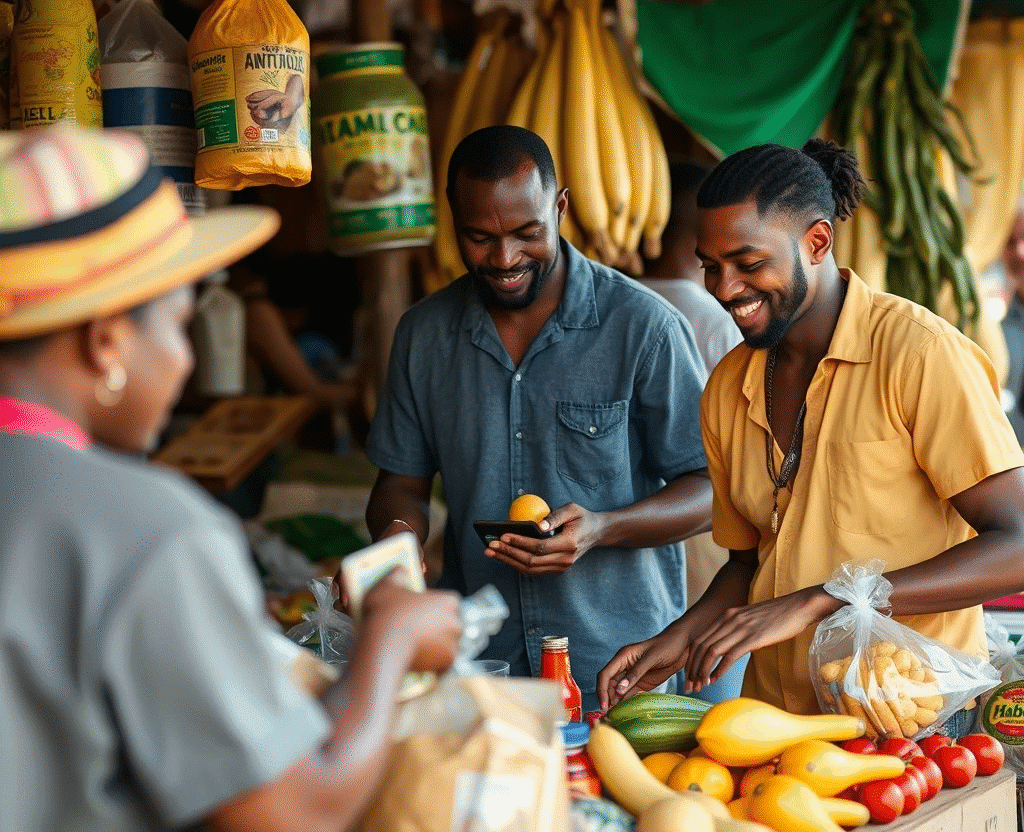A Step Forward, But the Journey Continues — Reflecting on Jamaica’s Record-Low poverty rate

There’s no denying it — the recent news that Jamaica’s poverty rate has dropped to a record low of 8.2 per cent in 2023 is a cause for genuine celebration. In fact, it’s the lowest figure since the island began tracking poverty back in 1989. Let that sink in: for the first time in decades, fewer Jamaicans than ever before are officially living below the poverty line. That is no small feat.
It’s tempting to break out the rum cream, blast some one drop, and say “mission accomplished.” But let’s pause the party for a moment — not to spoil the mood, but to reflect, analyze, and above all, stay focused. Because while progress deserves praise, complacency is a risk we simply cannot afford.
Yes, Jamaica has pulled itself back from the economic edge left by the pandemic. Yes, real per capita consumption is up — especially among the poorest groups. And yes, there have been significant strides in both rural and urban areas, with rural poverty cut nearly in half. These are not just statistics — they represent better nutrition, more opportunities, and greater dignity for real people.
But here’s the catch: progress is not permanence.
Dr. Wayne Henry, Director General of the PIOJ, was right to urge caution. Methodological revisions and gaps in data — such as the missing 2022 figures — remind us that this picture, while promising, is still developing. Some numbers come with “high variability,” and while the trend is clear, it’s important we don’t let data-driven optimism blind us to deeper, long-term vulnerabilities.
The truth is, Jamaica’s poverty reduction story is still being written — and it’s being written on a foundation that remains fragile.
The recovery has been helped along by key interventions: stronger social safety nets like PATH and the social pension programme, remittances that still sustain half of all households, and a rise in the minimum wage. But these supports must be continuously re-evaluated and scaled. They are lifelines, not luxury items. If we take them for granted, we risk slipping backwards.
Furthermore, while the drop in food poverty is heartening — now at just 2.8 per cent — we must never forget what that term really means: the ability to afford the minimum daily caloric intake. That’s a bare minimum standard for survival, not a measure of prosperity.
If anything, now is the time to double down. Let this historic low serve not as a finish line, but as a launchpad.
We need more investment in rural infrastructure, better access to affordable education, and stronger support for the small businesses and hustlers who form the backbone of our economy. We need to future-proof gains with policies that can withstand climate change, global inflation, and social inequality. We must also focus on making growth inclusive and sustainable — where the children of today’s PATH beneficiaries can become tomorrow’s university graduates and entrepreneurs, not just escapees from poverty.
Jamaica is on a better path, but the road ahead is still long and uneven. The goal isn’t just to lower poverty numbers — it’s to build a society where fewer people are ever at risk of falling into poverty in the first place.
So yes, let us give thanks. Let us be proud. But let us not be lulled into false comfort. Because as every Jamaican knows — the sun may be shining now, but “when breeze blow, yuh see who nuh have no drawers.”
Let’s use this moment not as an endpoint, but a powerful motivator to plan smarter, push harder, and dream bigger for a Jamaica where “out of many, every single one prosper.”




